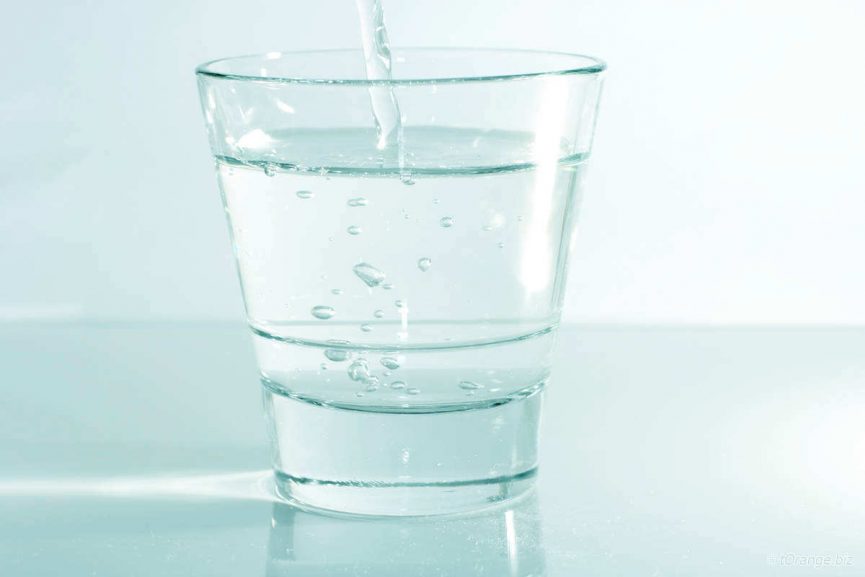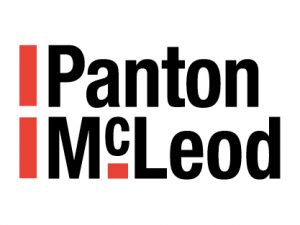Water Companies need to maintain a level of free chlorine which is sufficient to keep the water wholesome but not too much to cause drinking water to smell and taste like water in your local swimming pool.
Chlorine is added to drinking water, typically in the form of Sodium Hypochlorite or bleach – occasionally Chlorine gas to kill bacteria. At the treatment works chlorine can initially be added at high concentrations, for example, 4-5 parts per million (ppm = mg/litre) to ensure bacteria are killed in a short period of time, known as Contact Time (CT).
This would normally be injected prior to entering a “Contact Tank” which is generally a smaller tank with baffles to ensure the chlorine mixes well with the water. Larger excesses of chlorine would be adjusted by dosing a small amount of Sodium Bisulphite or SO2.
Not all of the chlorine will be removed though. A small residual – typically 0.3 – 0.5 ppm – “free chlorine“ (chlorine still available to kill bacteria) is left in to prevent bacteria from re-establishing on its journey through the distribution system from the treatment works to the customer’s tap. Chlorine is reactive and unstable in this form (which is why it is so good at killing bugs) and will naturally degrade even in a very clean system. When it comes into contact with impurities such as suspended solids (turbidity) and bio-fouling on walls and pipes it rapidly degrades via chemical reactions.
The challenge is to maintain a level of chlorine which is sufficient to kill bacteria without leaving excess free chlorine to cause taste and odour problems. You will often find that if you live very close to a WTW (water treatment works) there will be a bit more chlorine in your water than a household at the extremities of a system. If you are at end of the last pipeline your water may potentially have travelled more than 50 miles of pipework and through 3 or 4 service reservoirs since it left the treatment works. It is therefore difficult for the operators at the treatment works to set chlorine at a level which will be acceptable for the 1st farmer next to the works and still be bacti free by the time it gets through the distribution systems.
The operator’s job will be a lot easier if the system is clean and there is only a small, predictable natural degradation of chlorine through the system. If the tanks and pipes through the distribution system are fouled with sediment, bio-fouling or particulates then they will need far more chlorine exiting the works to ensure a bit is still left at the end of the line. The system will also be less predictable and setting the appropriate levels will be more difficult.
As well as excessive costs and the undesirable taste/odour problems free chlorine will also react with small amounts of naturally occurring organic compounds (which themselves are generally safe to consume) to form Trihalomethanes or THM’s. These byproducts are highly undesirable since they are potentially carcinogenic and the more free chlorine there is, the more cost and effort there will be for removing/reducing THMs.
It is therefore much more manageable if a system is kept clean as this will make the chlorine degradation more predictable and reduce the levels required overall.
For more information, contact the team on 01896 663 330 or email info@pantonmcleod.co.uk
Keep up to date with all our latest news via Twitter. Follow us at Panton McLeod


